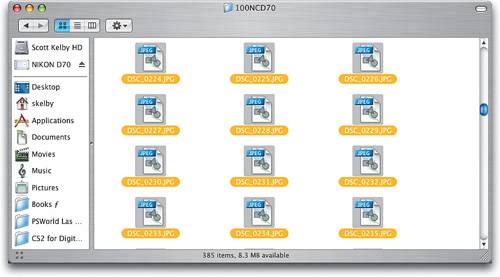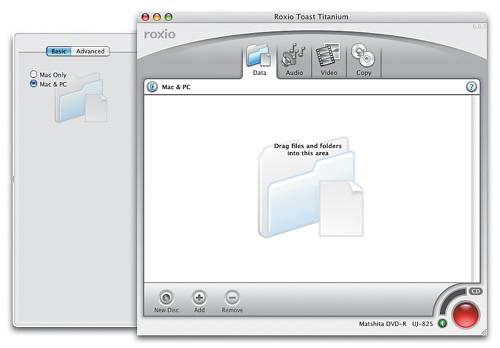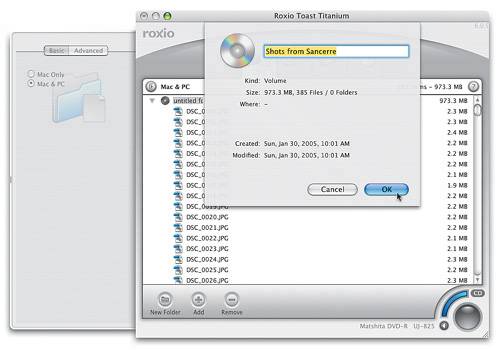Saving Your Digital Negatives
|
| Okay, I know this is the Adobe Bridge chapter, but before you even open the Bridge, you've got to save your digital negatives to CD. Don't open the photos, adjust them, choose your favorites, and then burn them to a CD; burn them nowright off the bat. These are your "digital negatives," which are no different from the negatives you'd get from a film lab after they've processed your film. By burning a CD now, before you enter the Bridge, you're creating a set of digital negatives that can never be accidentally erased or discardedyou'll always have these digital negatives. Here's how: Step OneOn your computer's desktop, create a new blank folder (you don't have to name this folder). Now, plug your card reader (CompactFlash card, Smartcard, etc.) into your computer. Step TwoDouble-click on your memory card's icon and locate the photos on your memory card. Shift-click the first image and the last image to select all the photos on your memory card, and then drag-and-drop them into that empty folder on your hard disk.  Step ThreeInsert a blank CD into your CD burner (today, it's almost impossible to buy a computer without a CD burner, but if by chance you don't have one, buy one nowit's that important). My personal favorite CD-burning software is Easy CD Creator for Windows or Roxio Toast Titanium for the Mac (its interface is shown here). Toast has become very popular, partially because its easy-to-use drag-and-drop interface is a real timesaver. Here's how it works: Launch your CD software (if it hasn't already launched), go to that folder of images on your hard disk, and then click-and-drag the whole folder into the CD data window.  Step FourAfter your images appear in the CD software data window, double-click on the tiny CD icon in the window and give your disc a name (in Toast, a dialog appears in which you can type the disc's name). Then, simply click on the Record button and Toast does the rest, leaving you with a reliable, protected set of digital negatives. If you're the extra-careful type (read as "paranoid"), you can burn yourself another copy to keep as a second backup. There's no loss of quality, so burn as many copies as you need to feel secure (remember, just because you're paranoid, doesn't mean they're not out to get you).  |
|
EAN: N/A
Pages: 187
